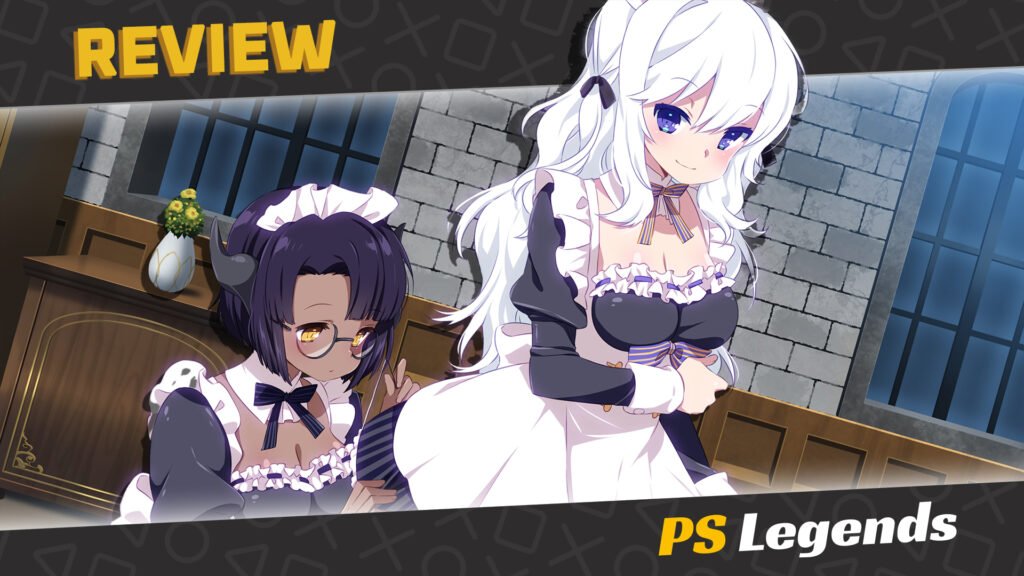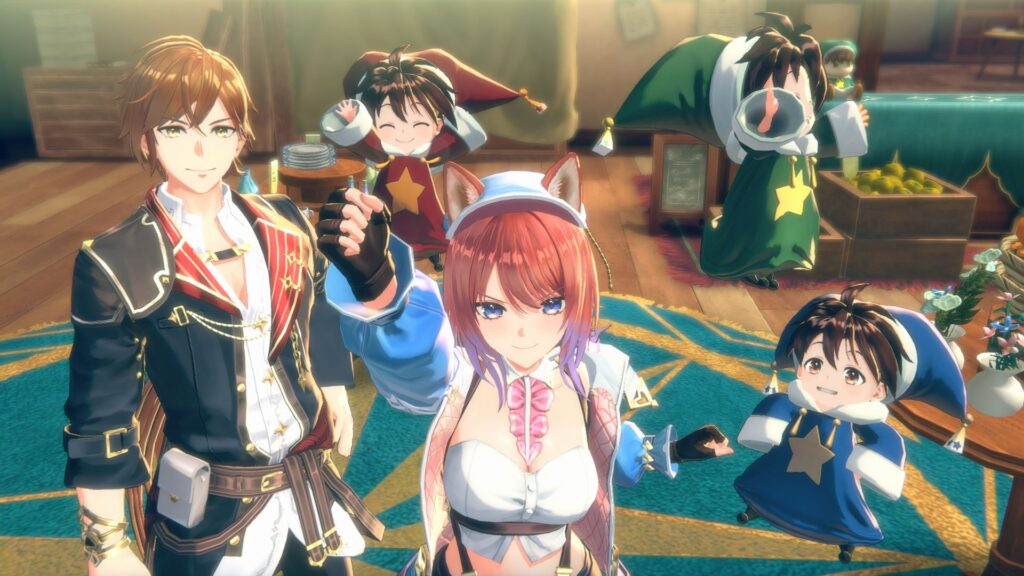Dying Light is a first-person survival horror game that is chock full of parkour and zombies. The game was developed by Techland and published by Warner Bros. and it was released in 2015. It features two large maps in the base game, with much more content in the DLCs that were released post-launch.
Now that Dying Light 2 is out, what remains of the first game in the series? This review is going to take a look at the game in its final state, Dying Light: Definitive Edition. With all of the DLC and content available in the game, let’s see if this game is worth giving a play today.
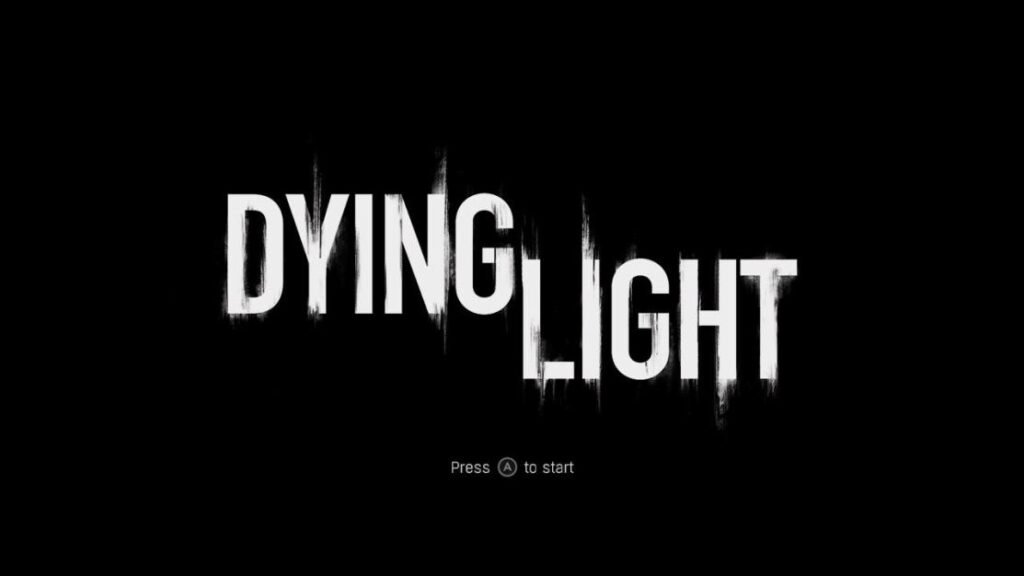
The Story
You take the reins as a Global Relief Effort (GRE) agent assigned to jump into a city in the midst of a viral outbreak to recover important documents. With the GRE determined to recover these documents regarding the viral outbreak, Kyle Crane is ordered to accomplish the mission, no matter what it takes.
Not long after Kyle makes it on the ground, he’s attacked by raiders and undead, which ends up getting him bitten. As he’s struggling to survive after not even being on the ground for sixty seconds, Crane is saved by a pair of survivors. Unfortunately, one of them ends up sacrificing themselves to save you, leaving Crane to get dragged away while passing out simultaneously.
Crane wakes up in the tower, where he learns that he’s infected and needs to take suppressants to keep from turning. After learning the basics of survival in Harran, Crane offers to help the survivors in return for helping him.
As Crane completes various tasks to help the locals, he slowly unravels the mystery of what happened in the city. He learns of a powerful leader of bloodthirsty and savage raiders, who may be a lead to get the documents he’s been sent out to get. Crane is often torn between helping survivors, following orders, and doing whatever it takes to survive the horrors that come out after the sun sets.
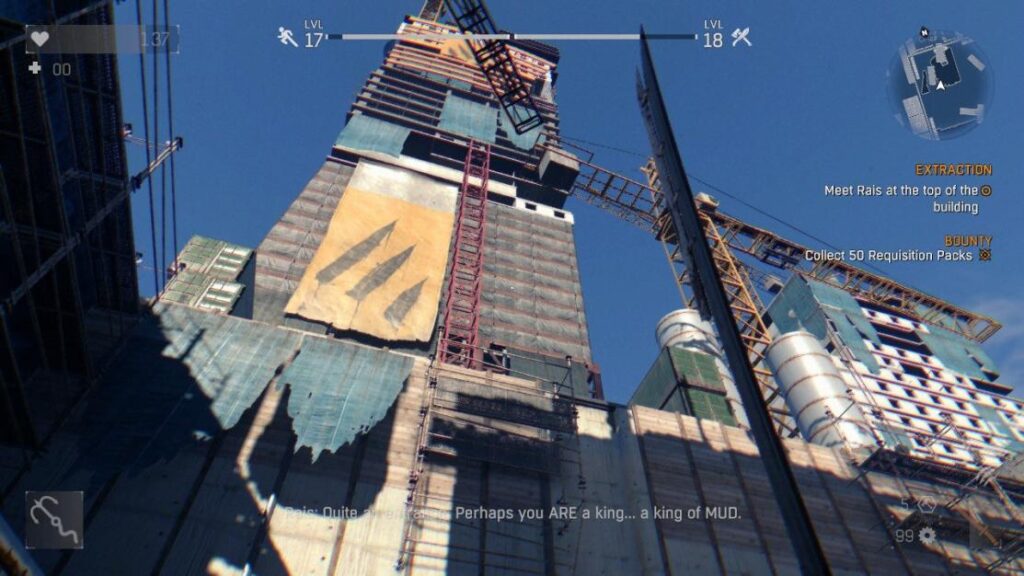
Dying Light has a pretty average story. The acting is really well done, especially with talent like Roger Craig Smith. However, the plot itself ends up not feeling as impactful as intended. The story does a decent job of making your efforts to help innocents seem pointless. But often, it becomes incredibly tedious and exhausting. After Crane has been through hell and back, the buildup towards the climax falls off so sharply that it’s become infamous due to the final encounter being a quick-time event. Luckily, The Following DLC offers endings that players can seek out for a more fulfilled conclusion to the game, with one including an actual final boss fight.
Overall, the story does a fair enough job of keeping you somewhat invested while you play, but don’t expect anything to stick with you.
Combat Mechanics
Combat is pretty simple when you first start out in Dying Light. You’ll mostly be using melee attacks and whatever weapons that you can get ahold of in the early game. Using melee weapons will gradually decay their durability, which requires metal parts to repair.
Weapons can only be repaired so many times, so you’ll need to be growing your arsenal as you explore the streets of Harran. Weapons can be found in crates and inside cars, usually blocked by a lockpicking minigame that doesn’t pause time while activated. Better weapons can be found gradually as you increase your Survivor Level, which you can increase by doing quests and random events.
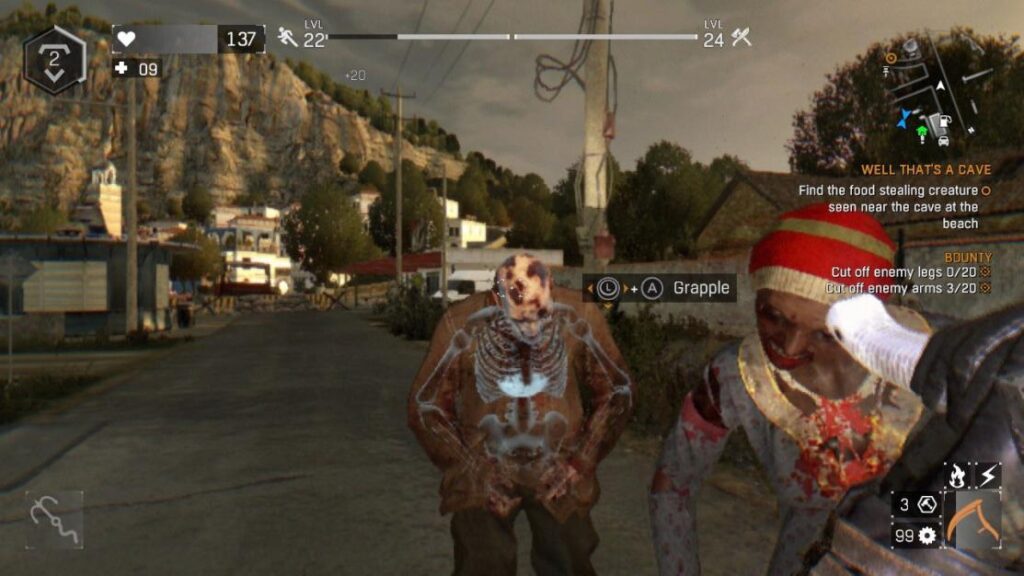
Aside from using your melee attacks, you can also use sub-items like throwing stars or grenades to damage foes from a distance. There are guns in the game, but you won’t be able to find many in the early game easily. But if your Survivor Level is high enough, you can come across bows to hold you over until then.
The gunplay is okay, but don’t be expecting the game to become a FPS. Guns are loud and can attract swarms of ‘viral’ zombies that have no problem climbing and chasing you down to the ends of the earth. Late game, this can get very annoying, but acts as a way to balance and have consequences for players who prefer a ‘guns blazing’ approach. You can eventually craft silenced weapons, which can help reduce viral attacks when facing armed foes.
Dying Light does really well with horizontal progression as you level up. You can complete the game and progress without having to level your character up, but the higher level you take your skills, the more tools that open up for your arsenal.
One of the most impactful skills that you can unlock is the grappling hook, which increases your mobility considerably and allows you to escape from volatiles much easier. You won’t be story-locked if you don’t level high enough, but if you get stuck, run around and level up your character a few times to make the challenge much easier.
Crafting and Blueprints
Aside from acquiring skills as you play, another core part of Dying Light’s gameplay is the crafting system. While running around in the open world, Crane can collect various materials gathered from corpses, chests, and even trash cans. These materials can be used to craft tools, items, and upgrades to make surviving the apocalypse a bit easier.
Often you can find yourself crafting lockpicks with metal parts, making medical kits with alcohol and gauze, and even making some boosters out of herbs to withstand more damage. There are lots of recipes to find and unlock to even out the playing field against the different enemies you’ll face.
Alongside being able to craft sub-items and consumables, you can also craft upgraded weapons by using blueprints acquired through quests and random open-world events. These upgrades can augment your weapons to deal fire, electricity, bleed, and other types of damage. They also add quite a bit of power, handling, and durability to your weapons.
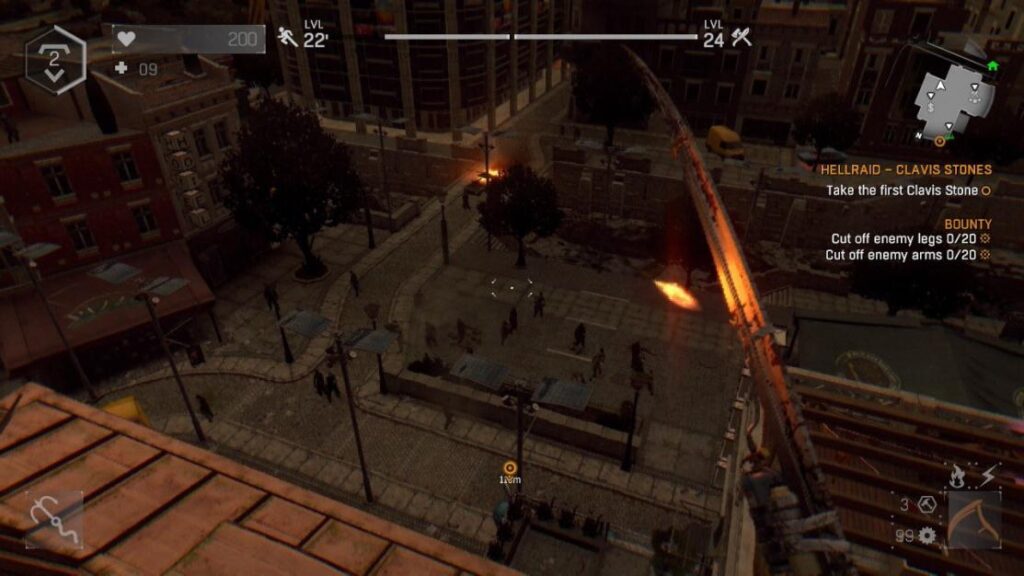
And finally, you can upgrade your weapons further by using a weapon mod system that gives it a boost in stats. These are also acquired the same way as blueprints and can make a decent weapon extremely powerful.
While crafting isn’t mandatory to progress through the game, it gives Dying Light just enough depth where players can choose the playstyle that fits them best. Players can spend their time upgrading their weapons and finding interesting blueprints to become extremely deadly, or they can focus on stocking up on firecrackers or other items to make running from Volatiles a breeze.
The gameplay loop for Dying Light can be very addicting for players who enjoy open-world RPGs and for those who like a decent progression system. The game offers multiple difficulty settings, with an opportunity to gain more Legend XP faster on the hardest difficulty, at the cost of facing stronger foes and losing XP on death.
Multiplayer & PvP (Be the Zombie)
While Dying Light can be enjoyed completely by yourself, players can team up and play through the main campaign with friends. One player can host a session where players can help progress through quests that the host has active. As a cooperator, you can also make story progress if you are on the same quest as the host.
The multiplayer in Dying Light can trivialize the game at times, but more often than not, you’ll feel more inclined to take on harder challenges with a couple of other runners in your party. You can have up to four friendly players at one time. Players are able to run around in the open world together and gameplay remains mostly the same, save for when an invasion occurs.
If the host has invasions active during a session, players can then be ‘invaded’ by an enemy player who takes control of the deadly Night Hunter. The Night Hunter is a unique enemy type that invading players can use to trap and kill other players. When an invasion occurs, the host and their team are given an objective to destroy five ‘nests’ without losing their ten lives.
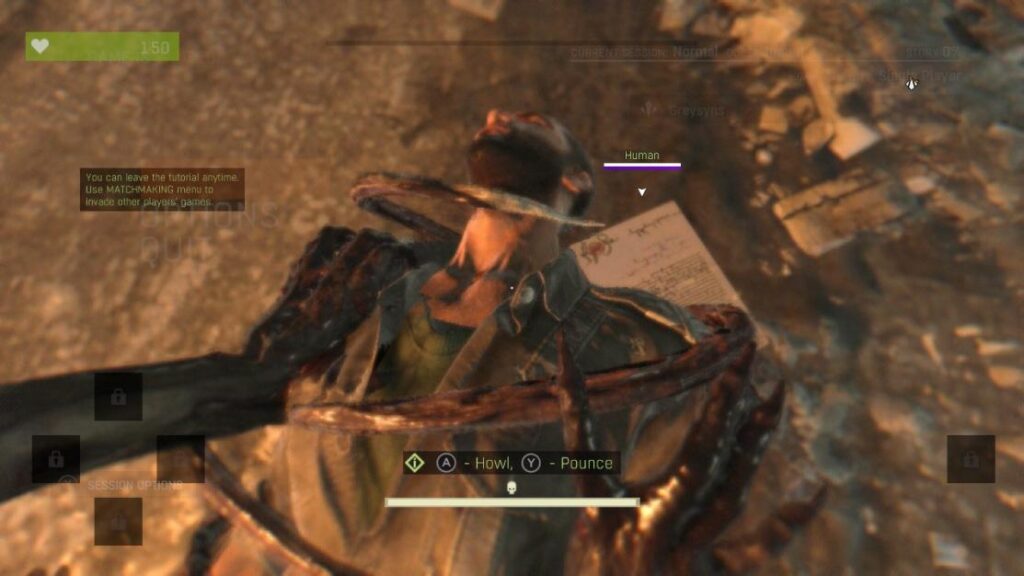
This goes back and forth until any of the survivors have died ten times or until all of the nests have been destroyed. Players can use their entire arsenal of skills and weapons to fend off the enemy zombie player, including the same UV lights that harm volatiles.
Night Hunter players gain access to unique abilities, alongside a progression system to ‘mutate’. Mutating grants access to more skills which can make them much more deadly during invasions. The better a Night Hunter performs in PvP, the more experience points they gain.
The Co-op alone in Dying Light can make for increased fun and runtime for the game. With the included ‘Be the Zombie’ game mode, this adds further challenge for players who are ready for yet another deadly challenge in Harran.
Level Design and Open World Content
The open world for the base game comes with two large maps that players can run around in single-player or multiplayer. The first map, the Slums, focuses on the less developed parts of Harran. Players can expect to explore more rural landscapes with a few groups of buildings to explore and climb on.
As for the other map, Old Town, you can find much more vertical exploration as the buildings there are multi-storied and offer a plethora of nooks and crannies full of supplies. There are a few points of interest that stand out in each location, many of which are guided by the story or sidequests.
Overall, exploration is very enjoyable and could take the average player at least a dozen hours in each zone before it starts to feel stale. Enemies and random events spawn frequently and some are unique depending on which area you are in and what point in the story you are at.
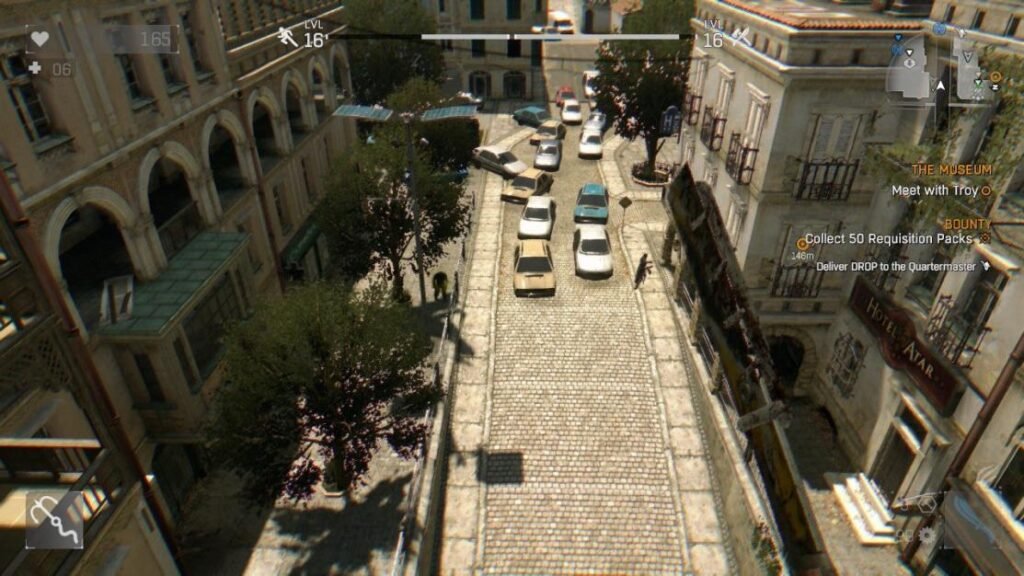
Aside from random events, players also have Quarantine Zones in each area to explore and play through. Quarantine zones are instanced content where players are tasked with finding supply caches in hostile environments. Some of these locations are hotels that haven’t been looted and underground parking lots.
Players can find some decent weapons here, as well as earn large amounts of survivor exp for turning in caches to a quartermaster. The catch is that the quarantine zones are littered with zombies, so be prepared before giving one a try.
The open world also offers challenges that players can do for a nice boost in agility or combat experience. For example, some of the combat challenges can have Crane equipped with a special weapon and a certain number of enemies to kill within a time limit. As for the agility quests, players will usually find themselves racing through parts of the map to hit checkpoints on a marked course to complete as quickly as possible.
Art Design
Dying Light was released several years ago, and it has held up visually over the years. Players can find themselves immersed in Harran quite easily due to the realistic coat of detailed textures the game wears.
Interior locations are cluttered with small assets which give lootable locations a great deal of personality. Often, this can tie into unspoken storytelling through the design of a location. One example is finding the corpses of people who hung themselves in heavily barricaded rooms, either due to getting bitten or trapped with hordes of the undead just outside of their rooms 24/7.
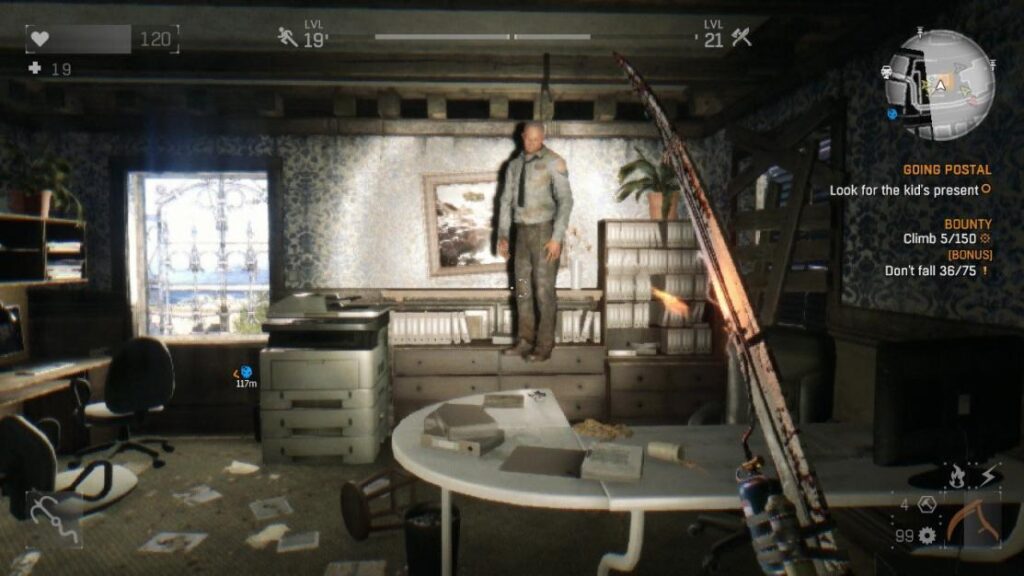
There are a lot of small moments like this, especially in the quarantine zones. Piles of corpses or grid-locked cars still remain to show players the failed attempts of civilians fleeing the city when the outbreak first hit. This attention to detail helps give the game a subtle air of hopelessness, which is exactly what one should feel in the midst of a zombie outbreak.
Animations feel good, especially when the game is running at sixty frames per second. Combat looks great, especially when you land a critical hit on a foe which triggers a slow-motion effect. There is often visual feedback in combat to display how beaten an enemy is. Zombies can slowly become more bloody and lose limbs, showing you that they may be just a few hits away from dying.
Another example is when facing large tankier foes, their armor can slowly break apart, giving you more weak spots to exploit. Even your weapons slowly start bending and breaking as they become more worn. These details are great and do an excellent job of keeping the game’s immersion high, arguably better than some present-day games with weapon durability systems.
Overall, the game looks great and it continues to hold up years after release.
Sound Design
The sound design in Dying Light brings quite a bit to the table and works effectively alongside visual feedback. This is a game you should definitely play with a good headset due to how effective the background ambiance is for immersion.
There are a few zones that get quiet, save for the sounds of shuffling undead or the screams of a viral off in the distance. These moments become more tense due to the shift in tone, which is spearheaded by the sound design and the pacing of these areas. You can hear threats that are lingering just out of sight if you listen closely, giving you the feeling of dread while you explore.
Aside from slower-paced instances, when you are in the overworld in the Slums or Old Town, the background ambiance is full of chaos. You can hear zombies shuffling below, virals screaming in the distance, and old buildings creaking and groaning underneath your weight.
Things are even more dire when the sun goes down and volatiles come out. The nighttime theme is tense and overbearing, save for the slight relief that the sound of crickets brings. Night in Harran gets very quiet so you’ll be able to hear the stomps of some of the more dangerous enemies patrolling in the dark.
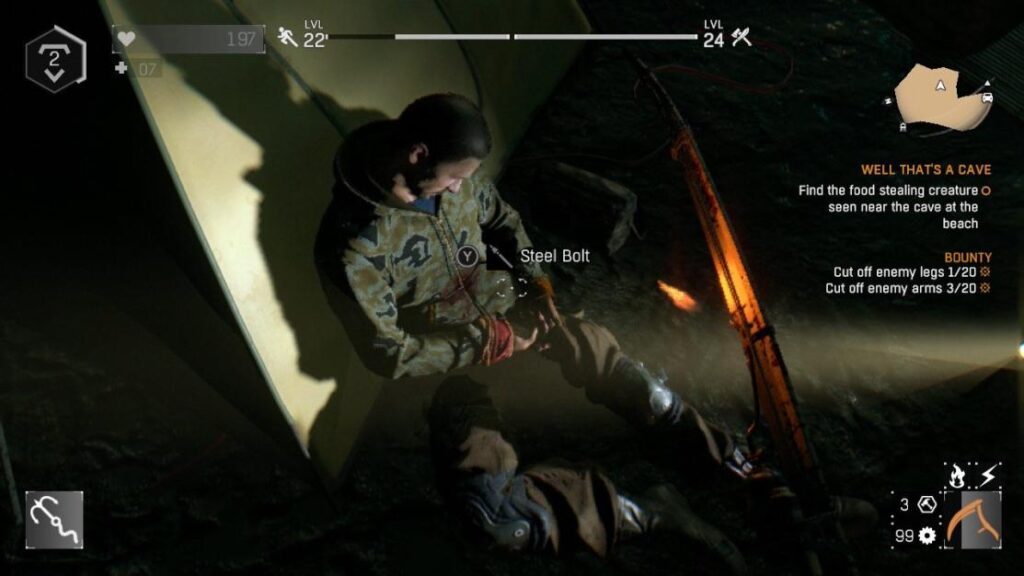
The background music isn’t too bad, with a few themes kicking in at random times. All of these somber themes that play in the overworld capture the feeling of helplessness that many survivors left in Harran may be feeling. It keeps the mood very bleak throughout the game.
There are a few points during the story where the background music shifts from gloomy to upbeat during combat sequences. These moments make you feel less like someone just barely getting by and more like a cold and calculated killing machine on a mission. These moments occur a handful of times, but they never overstay their welcome.
Overall, the sound design for Dying Light is great and follows the standard set in games that were released around that time.
Replayability, DLC, Secrets
As mentioned previously, Dying Light has a few difficulty options to choose from. The harder difficulties offer more gameplay and rewards for players who have mastered the game’s combat and have leveled their skills high enough that the base difficulty becomes too easy.
Playing on Nightmare difficulty is for players who want a good challenge and an opportunity to acquire much more Legend exp, which acts very similar to Paragon levels in Diablo III. This allows players to continually level up even more skills after they’ve reached max level. Legend levels are mostly just stat increases, so it’s mostly for players who want to feel even more powerful on the game’s hardest difficulty.
There is also a New Game Plus system in place, where players can restart the story and carry over with their skills, items, and gear. If a player does go into new game plus, it’s important to note that all of their progress in quests and in the world is lost. They’ll have to unlock all of their safe zones again, and Old Town won’t be accessible until it’s unlocked through the story as it was the first time.
Downloadable Content
Dying Light has a ton of content available in its base game alone but it has several DLCs that are available that add even more things to do. Here’s a deeper look at what each DLC brings to the table:
Cuisine & Cargo
This DLC was the first to be added to the game and is one of the smallest of the bunch. It added two quarantine zones, which are the Holy Year Tunnel and the Three Moons Restaurant. Overall, it’s about an hour of content that players can run through and farm for survivor level points.
Bozak Horde
The Bozak Horde was the second DLC released and is available from the start of the game. Players can access this via the main safehouses located in the Slums or Old Town. The premise is a brutal gauntlet that players must survive by completing ‘trials’ and if they survive, are handsomely rewarded.
The Following
This, alongside Hellraid, is one of the largest DLC additions. It adds an entirely new map that players can explore and progress through with new mechanics and weapons. Players will be able to drive and operate their own customizable buggy throughout the large map. With the addition of the buggy, players can also earn experience points towards their Driving skill, which allows them more options to augment their buggy to their liking.
This is the DLC that adds ‘bounties’ into the game, which are small tasks that reward the player with a bump of experience points. Alongside the bounties, Nightmare difficulty was added to the base game with this expansion.
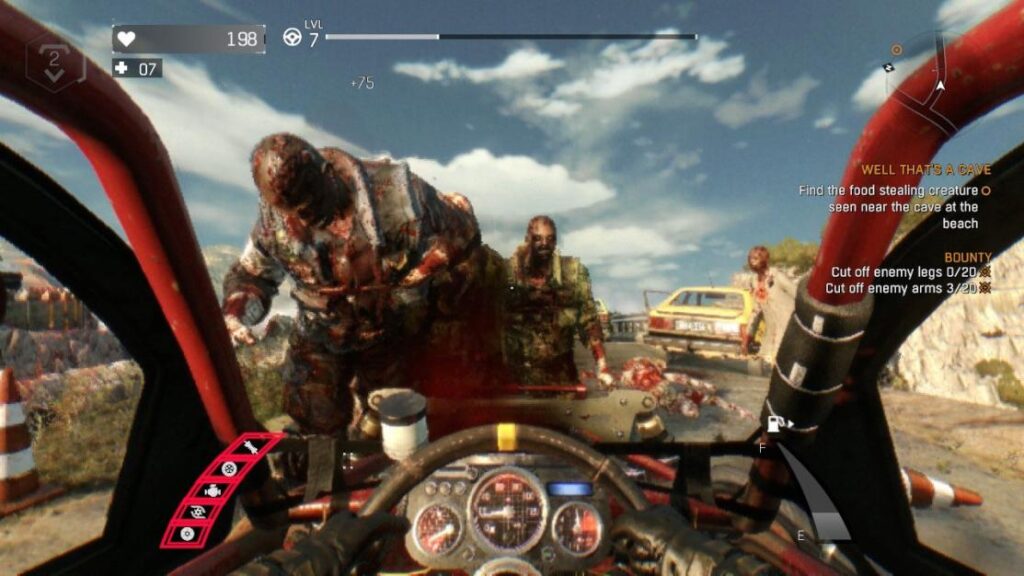
You can expect to spend several hours digging through this DLC, so it’s a great deal if you grab the Definitive Edition of the game.
Hellraid
Hellraid was the last of the paid expansions and brings yet another game mode that can be played. This DLC takes place within an arcade machine where you’ll begin a quest to scavenge through Ba’al’s Tower, where great treasures can be found. Of course, great treasures in this game refer to some pretty sick weapons.
This expansion will have players running through a dungeon fighting zombies and skeletons that attack in waves. It plays like a classic dungeon crawler and changes the vibe from parkour zombies to dark fantasy. Players will have to start from scratch by using new and unique weapons that are found in the tower while they dig deeper into the tower to progress the story. New enemy types and bosses can be found here, which play out pretty well the first few times you play this DLC.
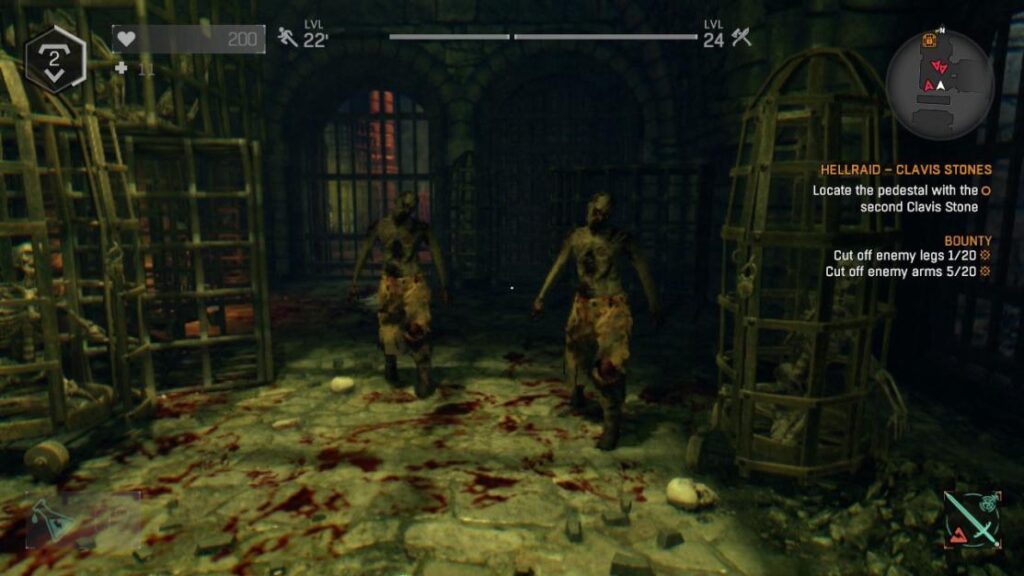
Overall, Hellraid adds yet another way to enjoy Dying Light, even if it is the remnants of a game that was never completed.
Final Verdict
Dying Light is a great open-world zombie game that offers enough gameplay flexibility that a majority of players can enjoy. The story isn’t a smash hit, but it’s the gameplay and world that shines the brightest.
The game can be grabbed on sale every now and then, which is ideal if you haven’t played it yet. There is a boatload of content that offers interesting characters, tense combat scenarios, fun parkour exploration, and so much more.
Joys
- Engaging Combat and Exploration
- Horizontal Progression
- Hard to run out of things to do
- Tons of content in the Definitive Edition
Cons
- The story is average, trending on weak
